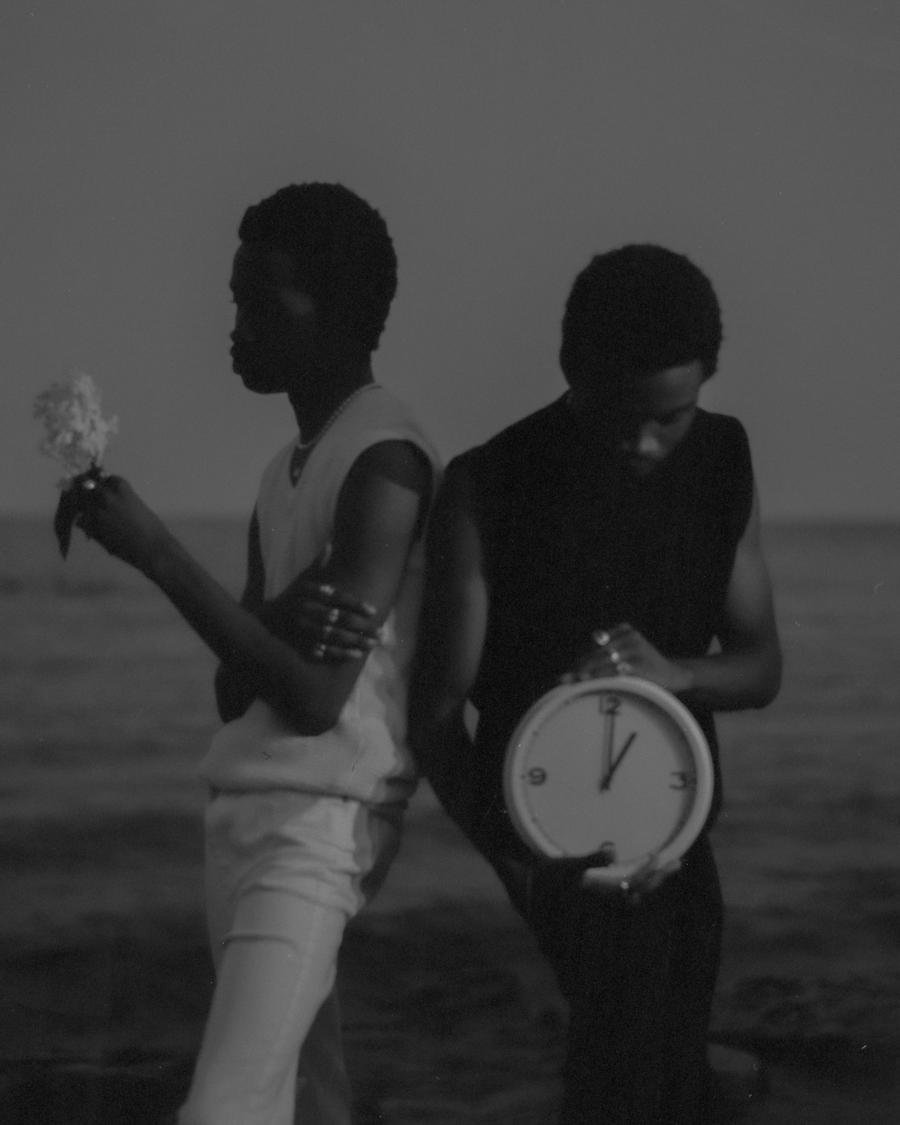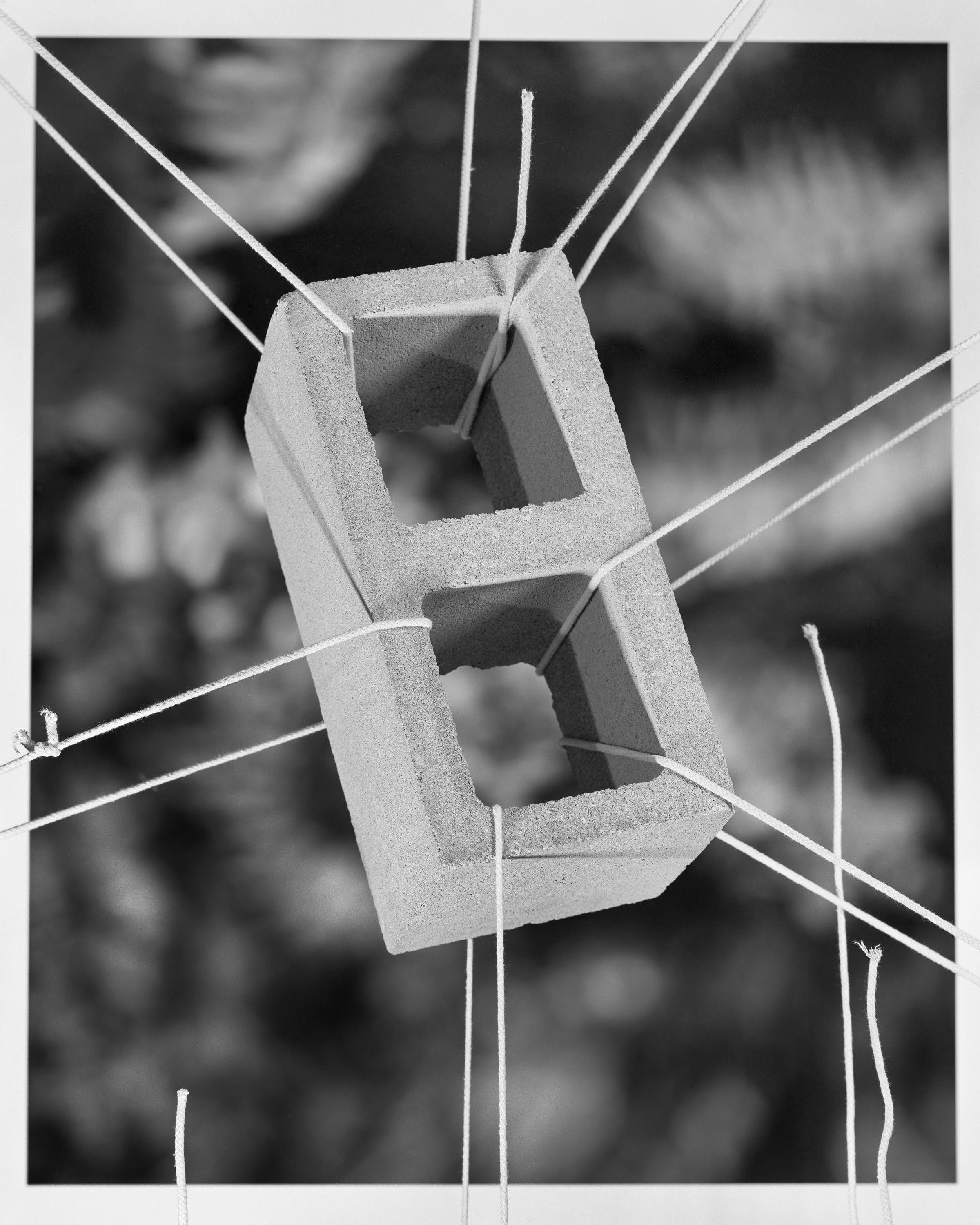© Isabel Okoro
Silver Eye launches its second annual list of remarkable photographers.
In 2021, Silver Eye Center for Photography launched a new initiative in collaboration with Franklin Leonard’s The Black List and Carnegie Mellon University to showcase a diverse and highly curated snapshot of photography in the eyes of 125 of today’s most esteemed nonprofit photography curators, scholars, publishers and critics.
Innovating on the traditional format and methodology of “best of” lists, the organizers asked a wide swath of the photography community to share up to ten photographers who showed wow or promise over the past year – photographers who are not only creating inspiring or of-the-moment work, but truly believe have career longevity. The final list of 47 "shows the thoughts of a professional community who cares deeply about contemporary photography."
Upon the announcement of the 2022 edition, I spoke with Oresick to learn more about the Silver List, its mission, and this year's selected photographers.
Jon Feinstein in conversation with Silver Eye’s David Oresick
© Naima Green
Jon Feinstein: For those new to the Silver List, how and why did it start?
David Oresick: The Silver List started directly as a prompt from my student and collaborator James "Gems" Thomas Wang. Gems has a background in data science and photography and was always looking for ways to combine the two. Gems had been working on another really interesting project, to create a machine learning algorithm that could take Alfred Stieglitz-like photographs in Google Street view.
After this project was finished Gems wanted to explore more ways to combine his interest in data science and photography and that's when he discovered the Black List through the Planet Money Podcast. If you don't know, the Black List is a survey where film industry people list their favorite unproduced screenplays every year, the list is an aggregation of everyone's surveys.
© Cassandra Klos
© Rashod Taylor
Feinstein: And then came The Silver List as we know it today?
Oresick: Gems said we should make a similar list for photography, basically survey all the curators and photo art people we could think of. I told Gems I thought the idea was probably unfeasible and much too complicated to execute, but if he could get us a meeting with Franklin Leonard, the man who created the Black List I would be open to discussing it.
To my surprise he got in touch with Franklin right away and we all had a meeting within a week or two of that first conversation. Franklin was amazing. He walked us through how to think about this list and was so supportive of the idea of expanding the Black List to another medium.
We couldn't have done it without him.
© Guanyu Xu
© Abbey Hepner
Feinstein: Oh wow. I had no sense of that backstory! There are tons of roundups, "photographers to watch" lists etc each year. What makes The Silver List stand out?
Oresick: It's a very different methodology than most of the "photographers to watch" type of lists. This is a large survey, we contact over 500 people who are experts in contemporary photography and simply ask them "who is an early career photographer that more people should know about?" They can list up to 10 photographers and the Silver List contains the artists who are most mentioned among all the surveys. It's a bit of a "wisdom of the crowd" approach.
To me this is interesting because it's really a snapshot from the photography curatorial communitie's perspective, of who they are thinking about at a particular moment in time. I do not think of this as a best of list, or a photographers of the year type of list.Other lists either require photographers to apply to be on the list which limits you to a very small applicant pool, or are limited to the perspective of a very singular person or institution. Which is not to say that the Silver List is better than others, but I think it brings something unique to the conversation.
© Priya Suresh Kambli
© Allison Grant
Feinstein: How did you go about selecting the nominators for this?
The nominators came through many sources, but the backbone is our professional contacts with the American nonprofit photo community. It includes curators and museum professionals who are directly engaged with programming, photography educators, and small publishers, both in print and online. It really is a process of just going through every museum and university website and thinking of every person we can think of who should be heard from.
I'm also sure there are amazing voices we are not including, so our goal is to keep growing the pool of nominators. We encourage nominators to suggest more people who they feel should receive a survey so every year the number of people who get a survey will increase. We are also working to make a list of nominators more international, and we added a significant number of UK-based photo professionals this year and would like to keep expanding.
© Mercedes Dorame
© Jay Simple
Feinstein: Has anything shifted about the shape or process for the Silver List in year 2?
Oresick: Honestly not that much has changed in the process. We decided to keep the methodology the same as the first year and expanded the number of nominators by about 20%. Part of the goal of the Silver List is to collect demographic data on the nominators as well as the artists on the list to understand more about who exactly comprises our photo world, so keeping the methodology consistent is important.
Gems and I are really excited to see how the lists change over the next five or 10 or 20 years. Tracking that longer arc is really exciting to me.
As far as who is on the list and how that has changed I think there are some interesting things to explore, but honestly it's been such a busy year I haven't had as much time to dig deep into the new list yet. I'm really looking forward to going through all the artists' work closely and thinking about how the photo community's perspective has changed from 2021 to 2022.
˙ © Heather Evans Smith
© Tomás Karmelo Amaya
Feinstein: The Silver List has been consistent in its push for gender and cultural balance and equity. How do you insure this?
Oresick: Because our methodology is very straightforward the only way that we can really push for any kind of equity in balance in the list is through our selection of nominators, once we send out the survey it's totally out of our hands in terms of who gets on the final list. So ensuring that we find nominators who reflect the deep diversity in our field is paramount to the success of the list.
I think it's important to remember that the Silver List is a reflection of a photo community, not any one person or any one institution. I was really happy to see how many kinds of photography and photographers were represented in these lists.
© Donovan Smallwood
© Pao Hoa Herr
Feinstein: That’s encouraging to hear. Too often I hear institutions say things like “well, they didn’t apply” or “we just don’t know anyone,” - it’s great to see that you’ve found a way to make sure as many voices are contributing to the process.
I know that you already have a wide "encyclopedic" (do we still use that term? haha) knowledge of contemporary photography - but I'm interested to know - with last year's list and this years, were there any names who were previously unfamiliar to you?
Oresick: Personal discovery is the most incredible thing about the Silver List to me. My full-time job is to learn about and work with early career contemporary photographers and I like to think that I'm pretty decent at that job overall. I was so surprised and completely delighted to see how many artists were totally new to me.
I made a point of scheduling as many zooms studio visits with artists who were new to me from the list, and that was incredible. For example Hernease Davis was an artist I had never heard of before the first Silver List, and she is someone we ended up doing a show with at Silver Eye this fall in our gallery. Other highlights from the first year who were new to me were Widline Cadet, William Camargo, Steph Foster, Nick Drain. There are many more.
© Shawn Bush
Feinstein: Thanks so much for your time and congrats on launching the list. Any final words you’d like to share??
Oresick: One thing that the Silver List reinforced to me is how incredibly huge the world of contemporary photography is, and at any time I feel like I'm just looking through a little keyhole, trying to see as much as I can, but I was missing so much. I love that the Silver List opened up my perspective so much, and I hope it's able to do that for others.















